RadioHound: Distributed Spectrum Sensing
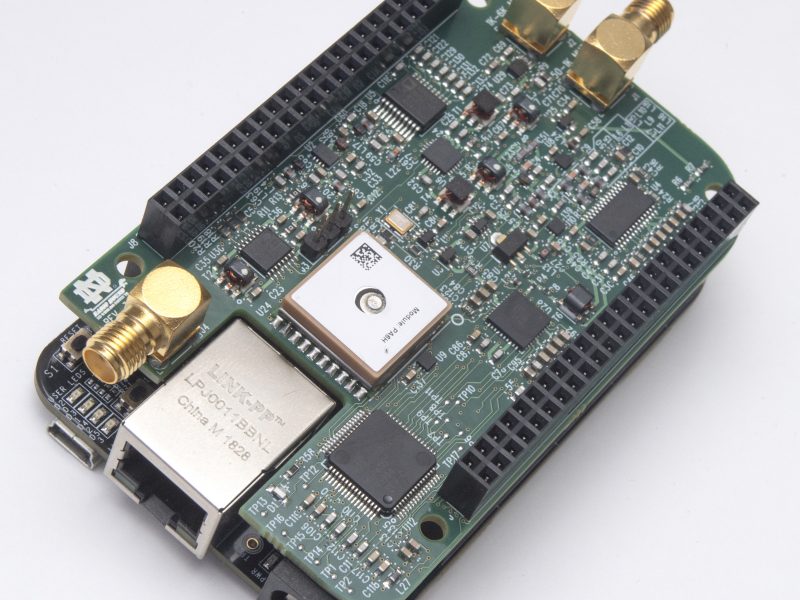
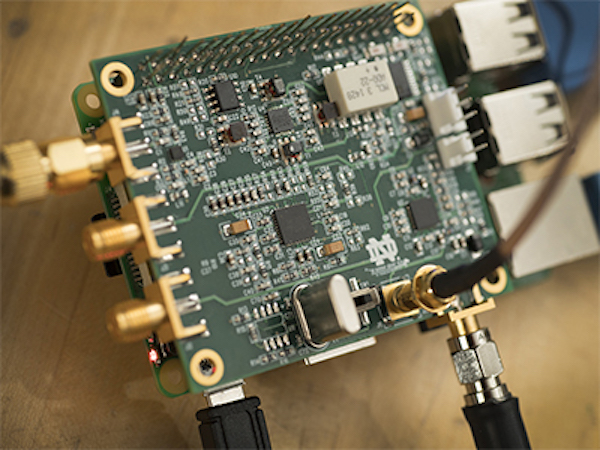
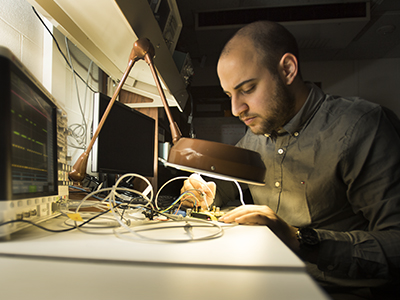
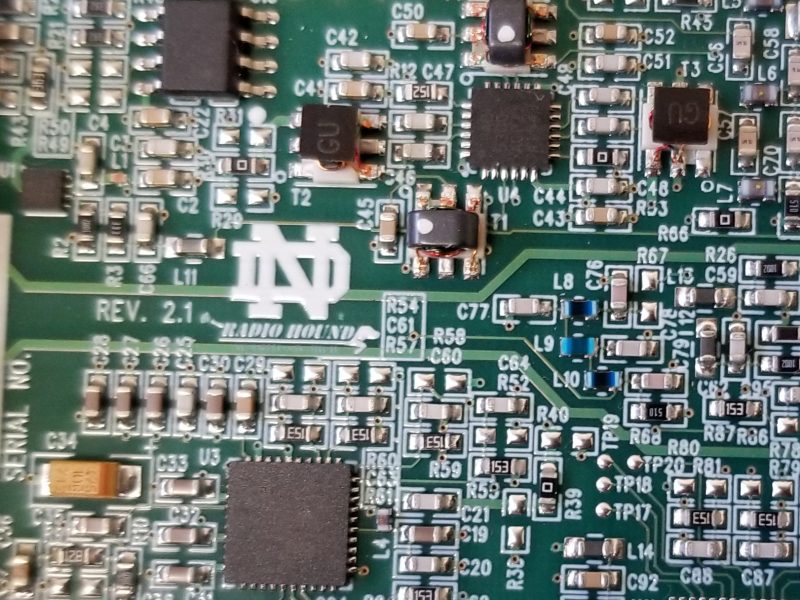
The heart of the RadioHound System is a low-cost, pervasive, persistent spectrum sensor that leverages low-cost SDRs suitable for deployment in mobile environments. RadioHound maps the entire spectrum from 25 MHz to 6 GHz, and will have the capability to support mmWave bands. RadioHound enables spectrum mapping in real time, providing a reliable indicator of spectrum utilization. It’s beacon capabilities provide a mechanism for measuring radio signal propagation between devices. Because of its portability and low cost, widespread deployment can give a good understanding of device-to-device and device-to-infrastructure connectivity, especially in crowded or dense environments.
The widespread deployment of RadioHound enables understanding of Wireless network architectures in new frequency bands, spectrum sharing possibilities and algorithm testing, and spectral efficiency and utilization measurements across large geographic areas. The overall cost of the RadioHound Node and the low-cost SDR (a commercial DVB-T receiver), but without the three antennas for the sub-GHz range or the mmWave front-end MMIC, is around $70. The eventual target is a sensor costing less than $10.
RadioHound System
The RadioHound System comprises three components: the RadioHound Sensor (Hardware), the RadioHound Cloud and the RadioHound App (Software). The hardware sensor includes a tri-band RF front end (including a tunable wideband receiver, tunable narrow-band beacon transmitters, and transverses for specialized frequency bands) and three antennas for the different bands: 25-100 MHz, 0.1-0.4 GHz, and 0.4-6 GHz respectively. The external operating environment of RadioHound requires a host to communicate with and allow data collection, management, and transmission to the RadioHound Cloud. The host provides geo-location capability, storage, and transmission to the central database, and can have different form factors, with the Raspberry Pi being the simplest and most nomadic. The RadioHound sensor derives its power from the host. The power consumption in the current Phase 1 (proof of concept) is 3W, with an envisioned target of 0.5W in future phases.
The RadioHound Cloud involves the scalable partitioning of functions into the following separate server instances: data warehouse for storage and retrieval of records, check in server for authorization of nodes, and allows for future provisions for security. The RadioHound app provides two functions: send commands to the RadioHound sensors and enhanced visualization of the data stored in the Cloud through a GUI web app. The system software also includes a master controller that sends jobs to nodes and a state machine for data flow control amongst other functions.
Sponsors and Collaborators
The RadioHound project was started in July 2015 with sponsorship from InterDigital and Nokia (previously Alcatel Lucent) via the BWAC I/UCRC, an NSF program. Subsequent funding from and collaboration with the US Army Research Laboratory helped to mature the platform toward an initial proof of concept and field deployment. Future phases will focus on reducing the cost and power needs of the sensors, developing a cost-scalable Millimeter Wave MMIC, and the evolution of the software.
RadioHound is a Wireless Institute multi-PI project, with the hardware components developed by Jonathan Chisum and Bertrand Hochwald (Lead PI), and the software components by J. Nicholas Laneman and Aaron Striegel.
Electrical Engineering graduate students currently working on the project are Abbas Termos and Xiangbo Meng. Former graduate students involved in the project include Nik Kleber (Raytheon Technologies), Arash Ebadi Shahrivar (Qualcomm), and Lihua Wan.
Related Publications
“RadioHound: A pervasive sensing network for sub-6 GHz dynamic spectrum monitoring,” https://arxiv.org/abs/1610.06212.
